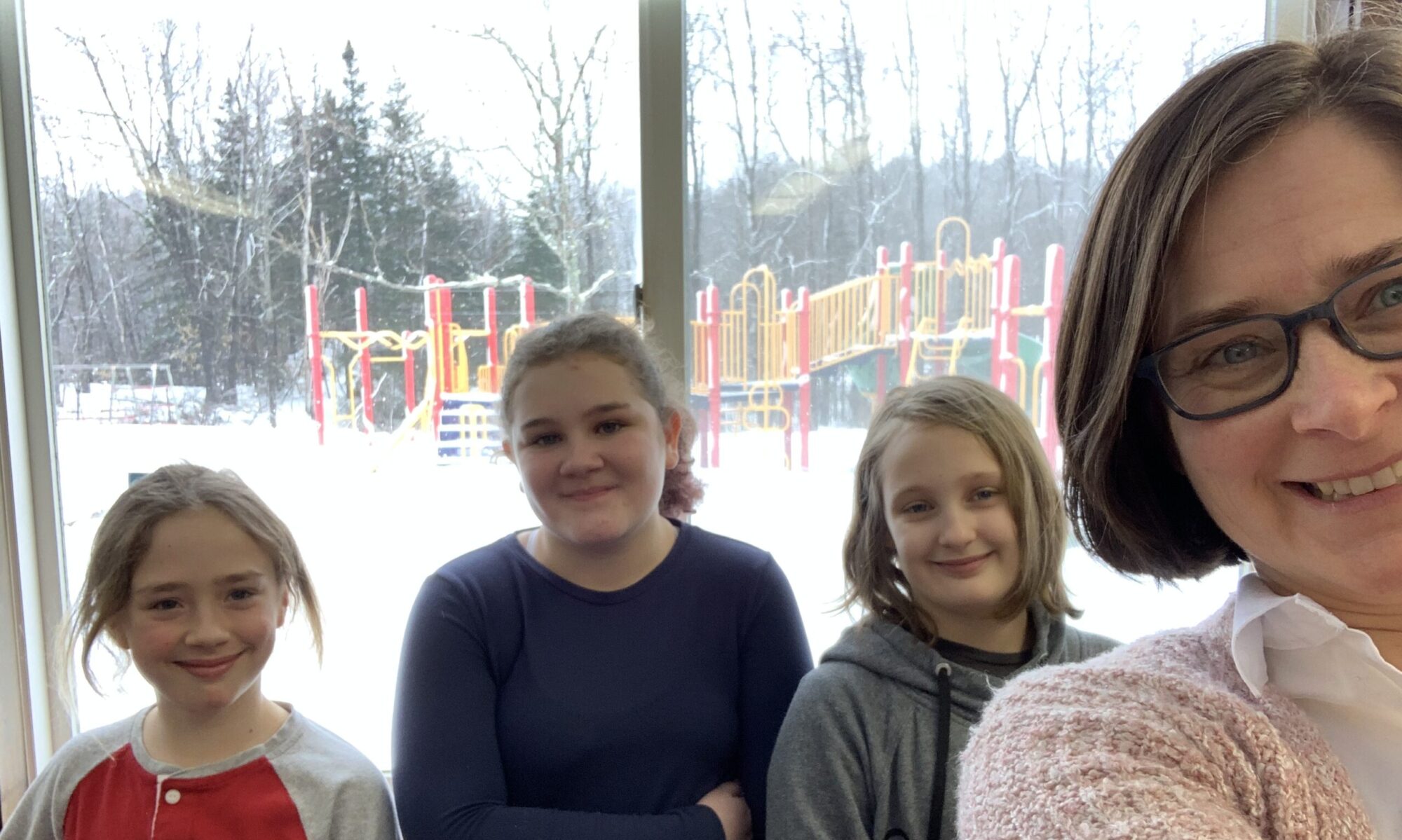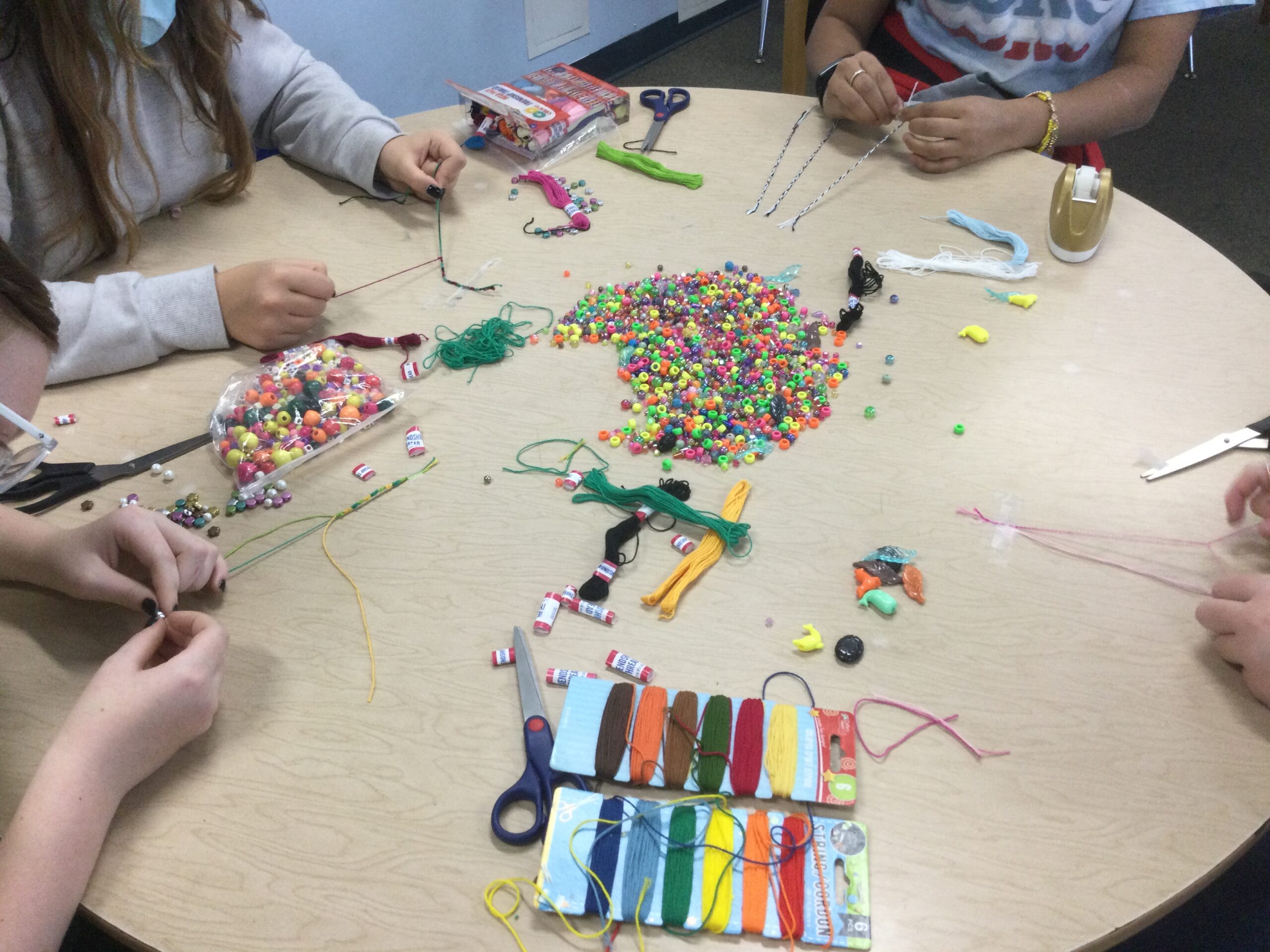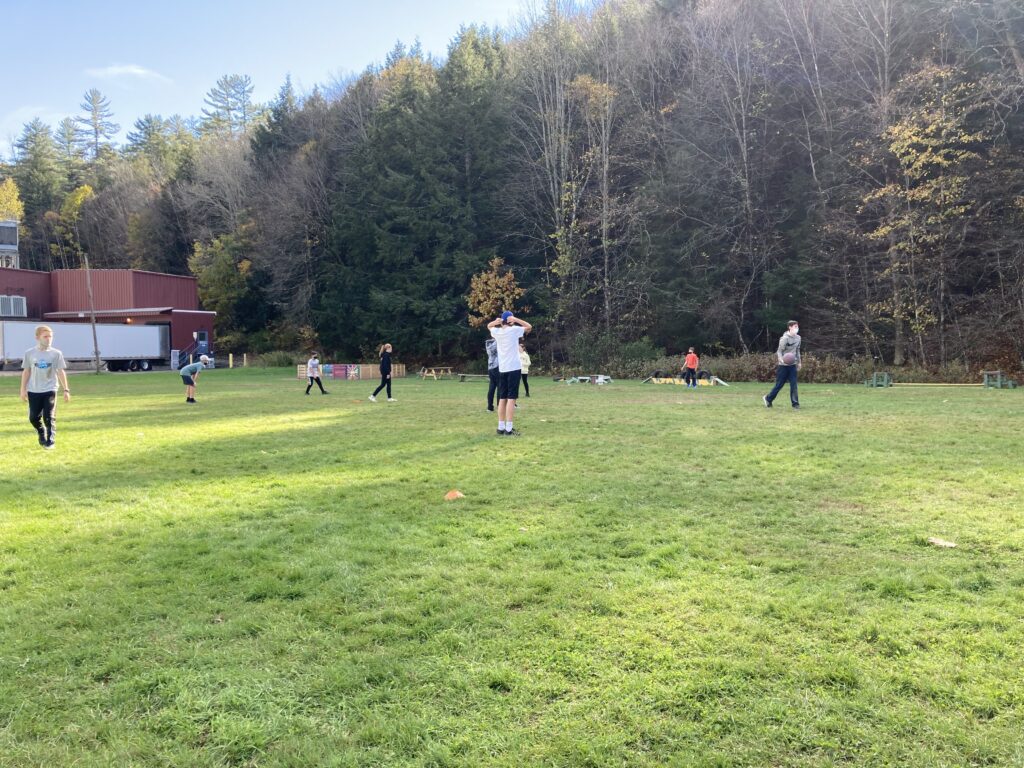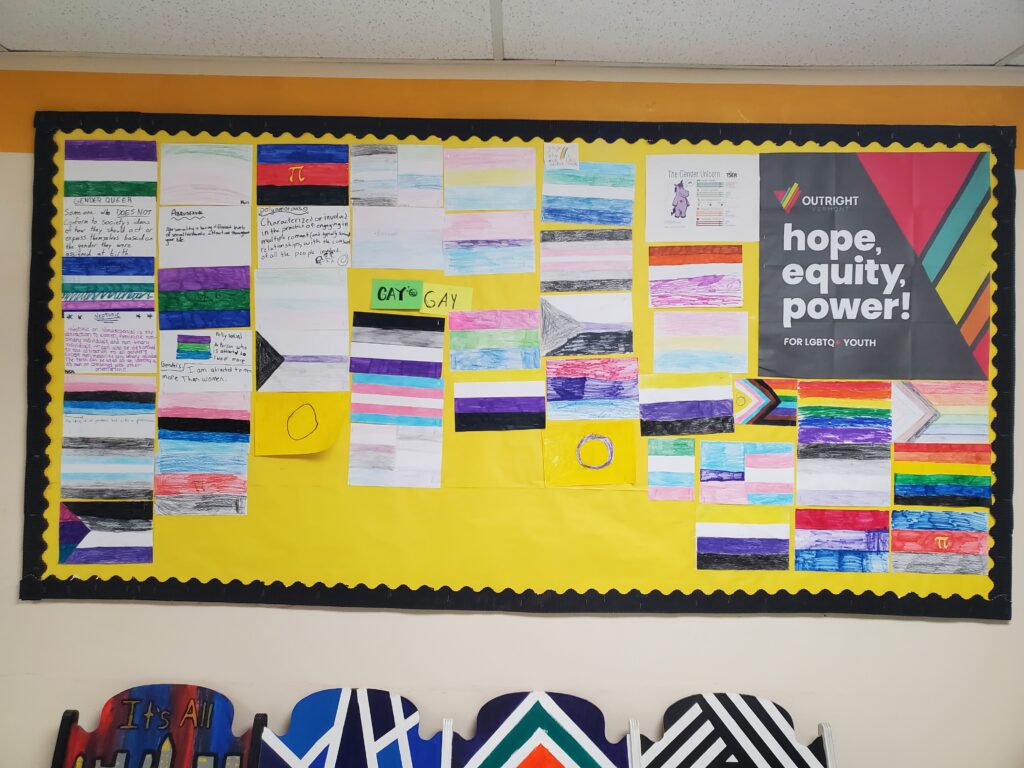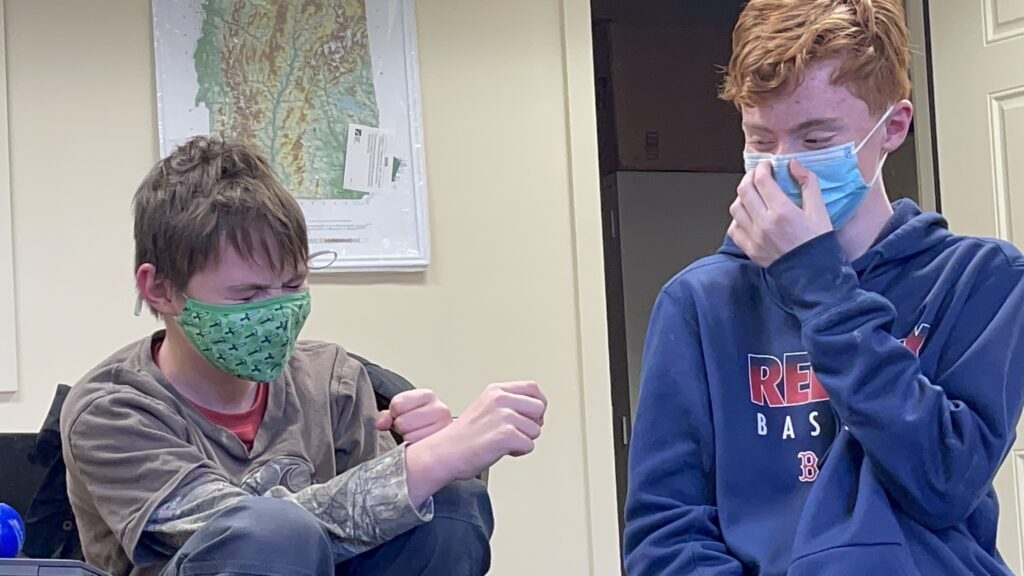Need more student engagement and wellbeing? Join the club!
Educators are always looking for ways to get students more engaged with school. In this third school year impacted by the pandemic, engagement and wellbeing are more important than ever.
Ample research links extracurricular opportunities to student engagement and to social emotional learning. We also know that access to these opportunities is often inequitable. Cost, transportation, and availability can all be barriers to access.
How can we give every student access to these sites of engagement, relationship strengthening, social skill building, and interest-driven learning? Build it into the school schedule, of course.
Several schools across Vermont are setting aside time for clubs during the school day, with positive results. Here are the steps for getting clubs going in your school.
Be clear about purpose
At Orleans Elementary School (OES) in Barton, Vermont, the middle school team designed the schedule to include an hour per week of club time. Their goals for clubs:
- Provide students with voice and choice about the activities they want to pursue.
- Build community amongst students in grades 5-8 and also between students and staff.
- Practice targeted skills within the cross-curricular proficiencies (communication, problem-solving, perseverance, citizenship) in a low-stakes, informal environment.
Lyndon Town School (LTS) in Lyndonville, Vermont, was looking to adapt structures they’ve used in the past. The middle school leadership team looked at clubs as an alternative to the Genius Hour projects that have been part of their Enrichment Block for the last couple of years. They saw clubs as a mellower version of Genius Hour, with no required product at the end. And more mellow was exactly what this year needed.
At White River Valley Middle School (WRVMS) in Bethel, Vermont, they were looking for a way to replicate successes from the past.
In the pandemic we were in pods with 13 kids and an adult spending the majority of their day together. Our behavior from last year showed fewer write ups than ever before. Students love to connect with teachers and peers in small groups.
Sarah Fisher Snow, teacher at White River Valley Middle School
This year, WRVMS continues to have three hours per week for “pod projects.” These are group projects that go in whatever direction the pod decides to take things. Clubs complement pod projects by providing a space where “teachers are purely auxiliary members,” according to Fisher Snow. The hope is that clubs help scaffold toward the student leadership needed for negotiated curriculum in pod projects and classrooms.
Now that you’ve justified carving out time and highlighted connections to other goals, things get fun.
Get student input on club offerings
While the heart of clubs is socialization, it is driven by shared interests. Offering good choices is a key to success. How to figure out what students are interested in? Ask them.
The club concept at OES came from exit interviews with outgoing 8th graders at the end of the previous school year. Those students also seeded a few ideas for which clubs should be offered. Teachers used that list to pick a few to start the year, and after a few weeks the current students were in a good position to brainstorm choices for round 2.
At WRVMS, students filled out a Google Form at the beginning of the year. There were a couple of teacher generated ideas on there with an open response where students could make suggestions. The range of student ideas represented the spectrum of interests among young adolescents – from the socially conscious to the downright goofy. Though they couldn’t quite pull off welding, teachers put together a solid list of initial offerings.
Sign up students
The process of student input ideally generates excitement and curiosity. WRVMS students Matthew and Conor, grades 7 and 8 respectively, recommend introducing the choices a week or two before students need to make their selections.
It’s clear why some think time would be important based on the extraordinary list of initial offerings at WRVMS:
- Spanish cooking
- Cozy club
- Dungeons and Dragons
- Board games
- Gender and Sexuality Alliance (GSA)
- Japanology – anime and Japanese cooking
- Mystery and detectives
- Outdoor club
- Team sports
- Theater
- Leadership
Students ranked their choices and everybody was assigned to one of their top two. Teachers grouped students in new ways that didn’t match their classroom cohorts or typical social groups.
Ideally, the social mixing happens not just across clubs but within them. Kyle Chadburn, Humanities teacher at OES, observed during a session of game club “seeing where students are sitting right now, the groupings are different than they usually are. That’s exactly what we wanted to happen.”
Have fun!
“I love clubs!” “Clubs are the best!” Tristan and Lucien from WRVMS talked over each other in their excitement, but they got their point across.
This sentiment was echoed by almost every single student we heard from across these three schools (20 interviews and 20 survey responses).
Students. Love. Clubs.
Here are a few representative responses from OES students when asked why they like clubs:
- “It’s like having fun instead of constantly working” (Dominic, grade 6).
- “It’s like a recess but 10 minutes longer and we decide what we want to do together” (Shian, grade 6).
- “More clubs should be done all around the world” (Maddie, grade 7).
- “Clubs take pressure off students and are something fun to do… it really makes a nice end to the day and makes the day go by fast” (Thayer, grade 6).
- “I think it’s a pretty good thing for when it’s almost to the end of the week and we have that one time to have fun at the end of the day, socialize, and become better friends with kids in other grades” (Preston, grade 7).
Teachers who are supervising clubs need to provide materials and keep an eye out for safety, but otherwise approach the clubs as a participant. Keep it light, connect with kids, and have fun!








[Gallery caption: Orleans Elementary School clubs.]
Rotate and mix it up
Clubs at these schools typically run on a 4-8 session cycle. Although some clubs may repeat across cycles, new clubs come and go as students come up with new ideas. Another major factor is the weather – some clubs work better outside or during particular seasons.
Rotating clubs exposes students to more activities and to different peers. Ava, a 6th grader from LTS, noted that social connections during clubs can be unique.
We get to know each other in a different way. We get into our club activity, calm down, and talk about all sorts of things.
Ava, 6th grade student at Lyndon Town School
Clubs are about expanding connections. Creating a rhythm of novelty will help more humans connect around more interests.
Don’t overthink it
Resist the temptation to “schoolify” clubs. When students were asked what they learned in clubs, besides becoming familiar with the central activity, most had a hard time pinning down what they were gaining. One student summed it up by explaining that “it’s not your average learning … I guess you are learning in some sorts of ways. Not the ways you’d think about it in school, but yeah it’s learning.”
Though many of the positive outcomes may be undefinable, there is plenty of evidence to provide a rationale for clubs in middle school. Such as:
- The research base about the benefits of extracurriculars. Why not bring some of these activities into the curriculum?
- The developmental needs of young adolescents related to socialization, connecting to personal interests, and exposure to new activities.
- What students say they want from schools right now, which include opportunities for social connection and extracurriculars as high priorities.
- The trend among schools in Vermont to incorporate clubs during the school day. This includes high performing schools such as Champlain Valley Union High School and South Burlington High School. If these highly rigorous academic environments are prioritizing clubs, then certainly middle schools can justify carving out the time.
Perhaps the strongest reason came from an anonymous 7th grade LTS student. They said that the best thing about clubs is that “I’ve learned it is good to take time for something you like to do.”
Indeed, carving out time purely for enjoyment and social connection is something we could all use a lot more of in schools. Let’s prioritize simply being our human selves, together. Because the human being club is one that we are all automatic members of.
How are you going to get clubs going at your school?
